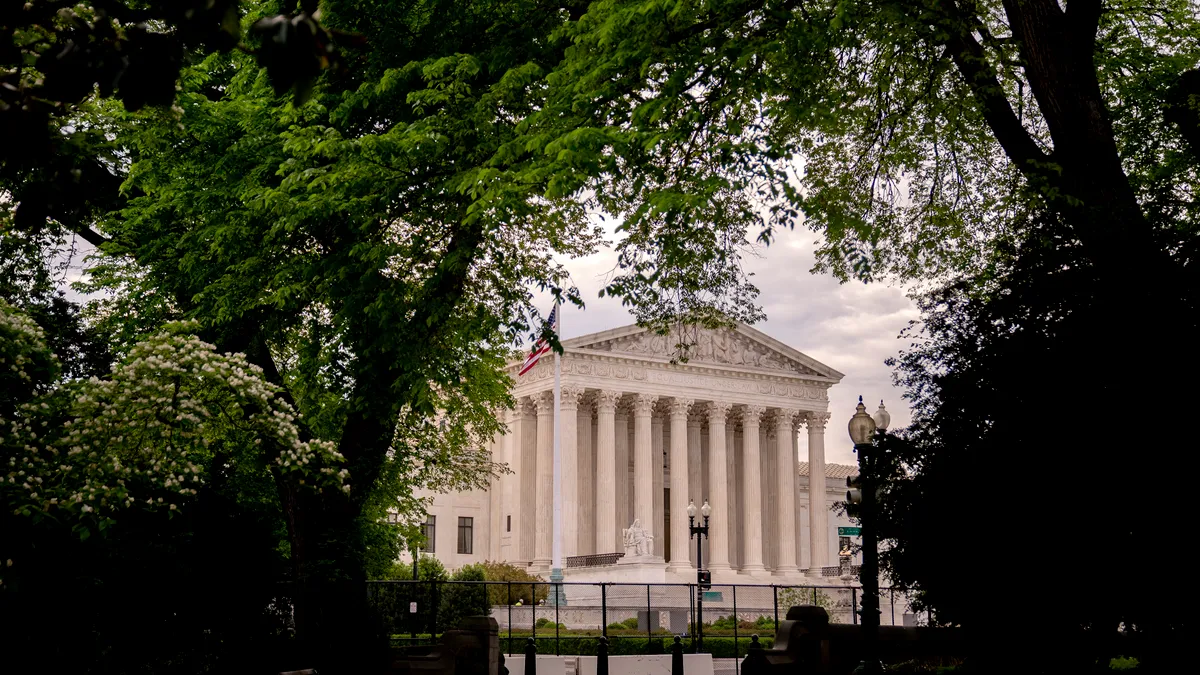Dive Brief:
-
The Supreme Court has opened the door to inventors challenging their own patents as part of a dispute between Minerva Surgical and Hologic.
-
Minerva went to the Court to try to abolish the doctrine of patent assignor estoppel, which prohibits inventors from challenging their own patents. The court, in a 5-4 decision, voted to uphold the century-old doctrine but placed boundaries on its use.
-
The decision leaves it up to the Court of Appeals to rule on the merits of Minerva's defense against Hologic. More broadly, the ruling narrows the scope to use the doctrine to prevent patent challenges.
Dive Insight:
The origins of the Minerva-Hologic case date back to 2001, when Csaba Truckai and his company Novacept received a patent on a device to treat abnormal uterine bleeding. Novacept sold the patent in 2004 and Truckai went on to set up a new company, Minerva, that worked on the same indication. Eleven years later, Hologic, the holder of the 2001 patent, alleged Minerva's endometrial ablation device infringed its intellectual property.
Hologic and Minerva have bounced through the courts filing claims and counterclaims since 2015. Along the way, district and appeals courts ruled Minerva is barred from challenging the validity of one patent under the doctrine of patent assignor estoppel. Minerva went to the Supreme Court to request a review of the doctrine. On Tuesday, the Court issued its opinion.
"This Court recognized assignor estoppel a century ago, and we reaffirm that judgment today. But as the Court recognized from the beginning, the doctrine is not limitless. Its boundaries reflect its equitable basis: to prevent an assignor from warranting one thing and later alleging another," Justice Kagan wrote in the opinion of the Court.
Kagan said the lower court "failed to recognize the doctrine's proper limits." Minerva had argued that the doctrine did not apply because Hologic was making a claim that was materially broader than the ones Truckai assigned. The lower court disagreed, ruling the doctrine renders it "irrelevant" whether Hologic has expanded the assigned claims. Kagan said the conclusion of the lower court was wrong.
The ruling means the Federal Court will now need to engage with a question it previously dismissed because of the doctrine. Minerva argues Hologic has expanded its claim beyond the original Truckai patent by covering non-moisture-permeable applicator heads. Hologic disagrees. Kagan said that if Hologic's new claim is materially broader, there is no case for barring a challenge under the doctrine.
In an emailed statement, Stefan Szpajda, a partner at Dorsey & Whitney, called the ruling a "win for competition and employee mobility, as it will make it harder for companies to rely on assignor estoppel to shield their patents from challenge by competitors who hire their former employees."
Elsewhere in the ruling, Kagan cited other examples of when the doctrine does not apply. The Court ruled the doctrine cannot block challenges when "an employee assigns to his employer patent rights in any future inventions he develops during his employment." Kagan's second example is when "the governing law then changes, so that previously valid patents become invalid."









